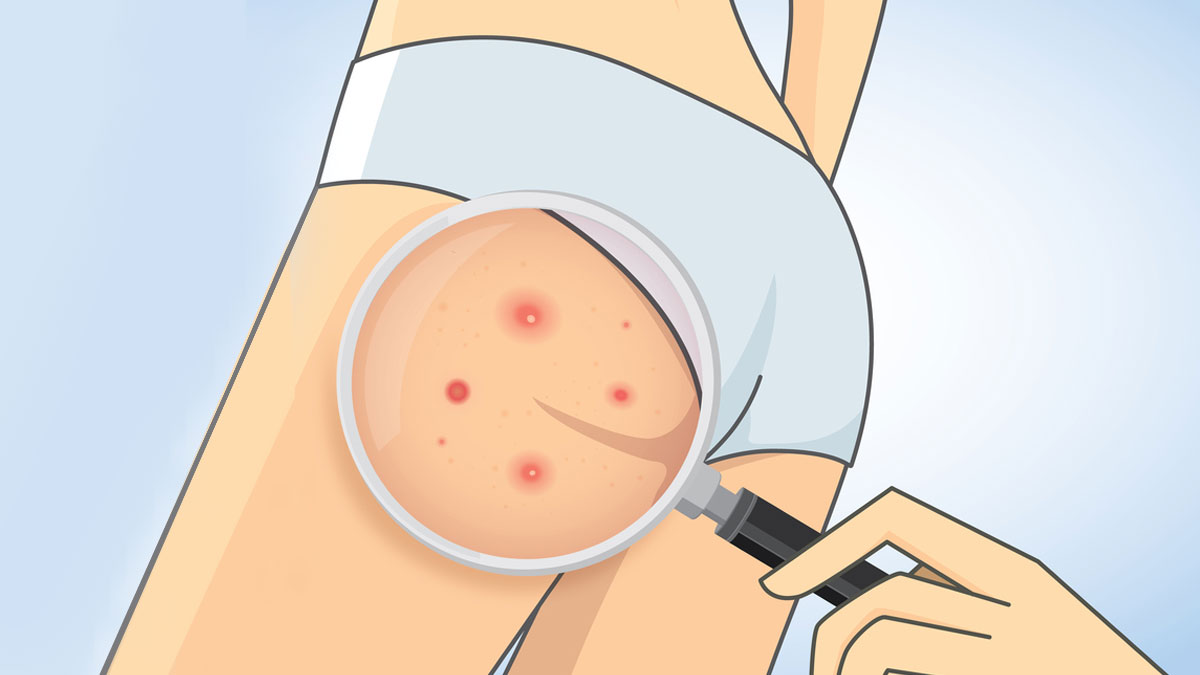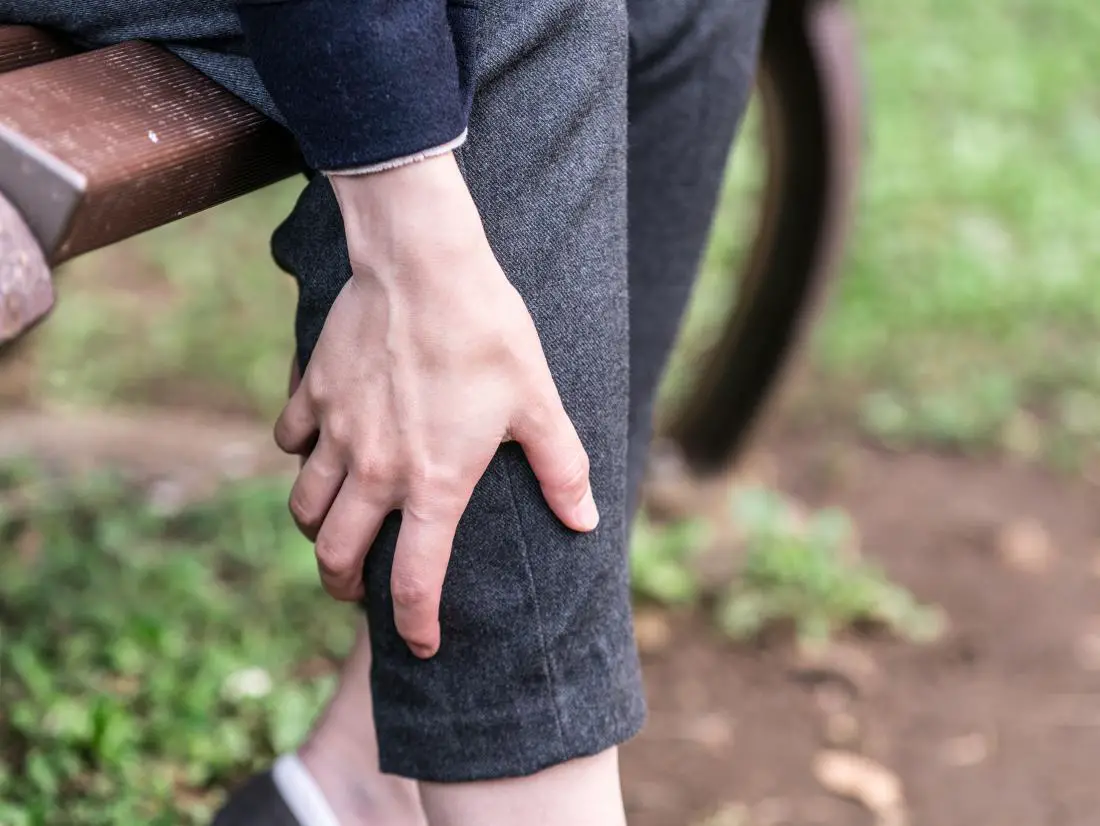Turmeric for Keratosis Pilaris on Butt: A Natural Solution?
The pursuit of flawless skin is a journey many embark upon, and as a beautician, you're no stranger to the myriad of skin conditions your clients face. One such condition is Keratosis Pilaris, often referred to as 'chicken skin'. This benign but frustrating condition often manifests itself on the upper arms, thighs, and notably, the buttocks. Amongst many remedies, turmeric has emerged as a natural solution for keratosis pilaris on the butt. But how effective is it?

Understanding Keratosis Pilaris
Before diving into the benefits of turmeric, its essential to understand what keratosis pilaris is. This condition is caused by an excess of keratin, a protein that protects the skin from infections. The buildup of keratin forms a plug that blocks the opening of a hair follicle, resulting in the characteristic rough, bumpy skin. While it's harmless, it can be a source of cosmetic concern for many.
According to MedicineNet, the condition is common amongst adolescents and manifests in areas where hair follicles are prevalent, such as the buttocks. While it often resolves itself with age, many seek remedies to smoothen the skin.
The Power of Turmeric
Turmeric is a spice that's been celebrated for centuries in Ayurvedic and traditional medicine. Its active compound, curcumin, boasts anti-inflammatory, antioxidant, and antimicrobial properties, making it a potent ingredient in skincare.
For keratosis pilaris on the butt, turmeric can help reduce redness and inflammation, promoting a smoother appearance. The antimicrobial properties of turmeric can also help prevent any potential infections in the areas where the bumps might be irritated from friction or scratching.
How to Use Turmeric for Keratosis Pilaris
To harness the benefits of turmeric, one can create a simple paste at home. Heres a quick method:
- Mix turmeric powder with a small amount of water or coconut oil to form a paste. Coconut oil, as highlighted in this article, is also beneficial for keratosis pilaris due to its moisturizing properties.
- Apply the paste to the affected area on the buttocks.
- Let it sit for 10-15 minutes before rinsing it off with lukewarm water.
Its advisable to carry out this routine 2-3 times a week. However, be mindful of turmeric's staining properties. A patch test is recommended to ensure no allergic reactions occur.
Complementary Treatments
While turmeric offers numerous benefits, it's essential to pair it with other treatments for optimal results. Regular exfoliation can help in removing the keratin buildup. For a deeper dive into natural exfoliation methods, check out this guide.
Additionally, moisturizing the skin is crucial. Emollients and creams containing urea or lactic acid are often recommended. These ingredients help in softening and breaking down the keratin plugs.
The Role of Diet and Lifestyle
Beyond topical treatments, maintaining a healthy diet and lifestyle can also play a significant role in managing keratosis pilaris. Foods rich in omega-3 fatty acids, vitamins A, D, and E, and antioxidants can promote skin health. Hydration is equally important, as well-hydrated skin is less prone to irritation and dryness.
Conclusion
As a beautician, offering clients a holistic approach to managing their skin concerns can set you apart. While turmeric is not a miracle cure, its benefits make it a valuable addition to any skincare regimen targeting keratosis pilaris on the butt. By combining it with other treatments and lifestyle changes, you can guide your clients towards smoother, healthier skin.
For those looking to explore more about natural remedies for skin conditions, the benefits of essential oils for keratosis pilaris can also be considered.

FAQs
What causes keratosis pilaris on the buttocks?
Keratosis pilaris is caused by an overproduction of keratin that clogs hair follicles. It often appears on the buttocks due to the density of hair follicles in the area.
Can turmeric completely cure keratosis pilaris?
While turmeric can help reduce inflammation and improve the skin's appearance, it may not completely eradicate keratosis pilaris. Consistent use along with other treatments can yield the best results.
Is it safe to use turmeric on all skin types?
Turmeric is generally safe for most skin types, but a patch test is recommended to ensure no allergic reactions occur. Those with sensitive skin should consult a dermatologist before use.

